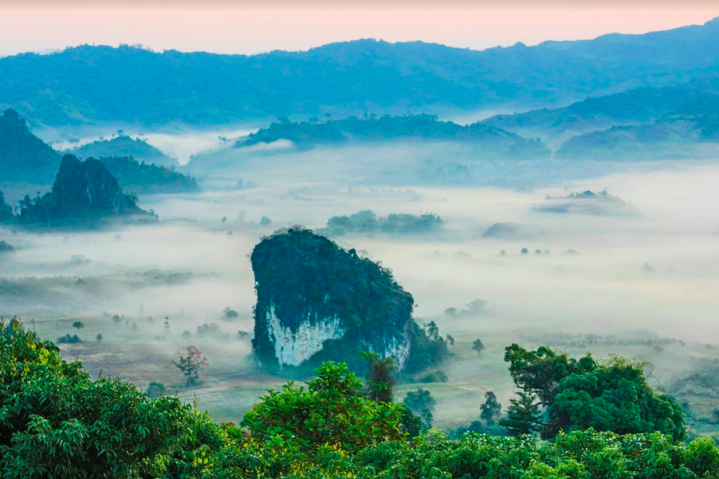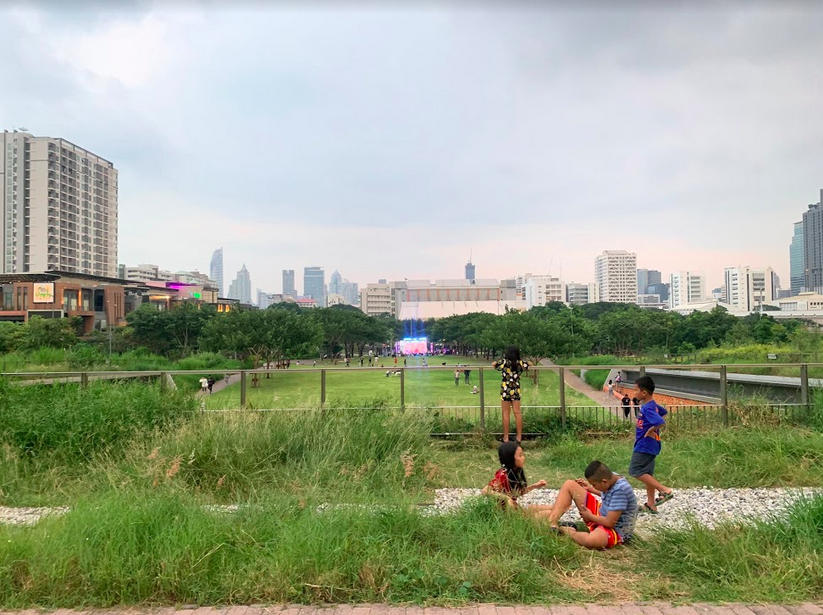
Climate Change and what it means for Thailand
2019 is the year in which climate change fully broke into the mainstream and public consciousness. The campaigning of Greta Thunberg, the teenage Swedish environmental activist on climate change, gained international recognition. And in September at a Climate Action Summit in New York, the United Nations Secretary General Antonio Guterres, called on all the world’s leaders to develop concrete, realistic plans to reduce greenhouse gas emissions by 45 per cent over the next decade, and to net zero emissions by 2050, to avoid the climate catastrophe that will come with rising temperatures, rising sea-levels and coastal flooding.
70 per cent of the global population most at risk of rising sea-levels are within the Asia-Pacific region. Four of the 10 countries most affected by climate change are members of the Association of Southeast Asian Nations (ASEAN). This region is highly vulnerable, particularly to rising sea-levels, with catastrophic consequences for low-lying communities. Thailand is one of the four countries. Thailand was at No 10 on the list of countries affected by climate change in 2017 due to extreme rainfall and heavy floods that occurred that year that affected 1.6 million people, caused 176 lost lives and damaged 1,500 schools. Losses totaled US$4.37 billion (0.35% of GDP).
Of Thailand’s total land area 87% is prone to extreme heat, 39% prone to droughts, 7.5% prone to floods and 25% prone to landslides. 47% of Thailand’s land area is made up of agricultural land. 60% of agricultural land is prone to droughts and/or floods – the majority in unirrigated areas. Recently published research has illustrated that more than 10% percent of Thai citizens now live on land that is likely to be inundated by 2050. Bangkok is particularly at risk.

Thailand was the 20th highest emitter of greenhouse gases in the world in 2017. In response the Royal Thai Government has developed a Climate Change Master Plan (2015-2050) and is making progress in reducing its greenhouse emissions by up to 25 per cent by 2030 compared to employing little or no effort to limit carbon dioxide emissions (known as the business as usual scenario). However much more ambition is required if Thailand is to meet the 45 per cent target by 2030 set by the United Nations.
Thailand’s national strategy is underpinned by its aspiration to reach developed country status by 2036 as set out in the Thailand 4.0 economic model to improve transportation and infrastructure, expand new industries, create jobs, and raise incomes and increase GDP as exemplified by the Eastern Economic Corridor to develop its eastern provinces into a leading ASEAN economic zone. But as Thailand implements its 4.0 agenda it faces a rise in energy demand by 78% by 2036. This is likely to have a negative impact on emissions as the evidence shows that carbon dioxide emissions increase as GDP rises. The challenge for Thailand – and other countries around the world – is how to increase economic growth and meet or exceed the 2030 target.
The solutions to this emergency are available and well known. They involve putting a price on carbon and passing the cost of emitting on to emitters and therefore incentivizing investment in renewable energy. They involve stopping subsidies for fossil fuels and stopping the building of new power plants based on coal in the future. This will require sustained political will, public engagement and support to succeed.

In November the United Nations Secretary General Antonio Guterres was in Bangkok to attend the ASEAN Summit. During his stay he visited Bangkok’s Centenary Park at Chulalongkorn University. The park is the first piece of green infrastructure for designed to address the climate change issues facing Bangkok. Agricultural land that once absorbed seasonal flooding and cycles of monsoon rain has been paved over by rapid urban development and construction. As a result, Bangkok experiences increased flooding and rising temperatures and struggles with water management. The park is designed to absorb millions of gallons of rainwater and help mitigate floods. It is well worth visiting.



